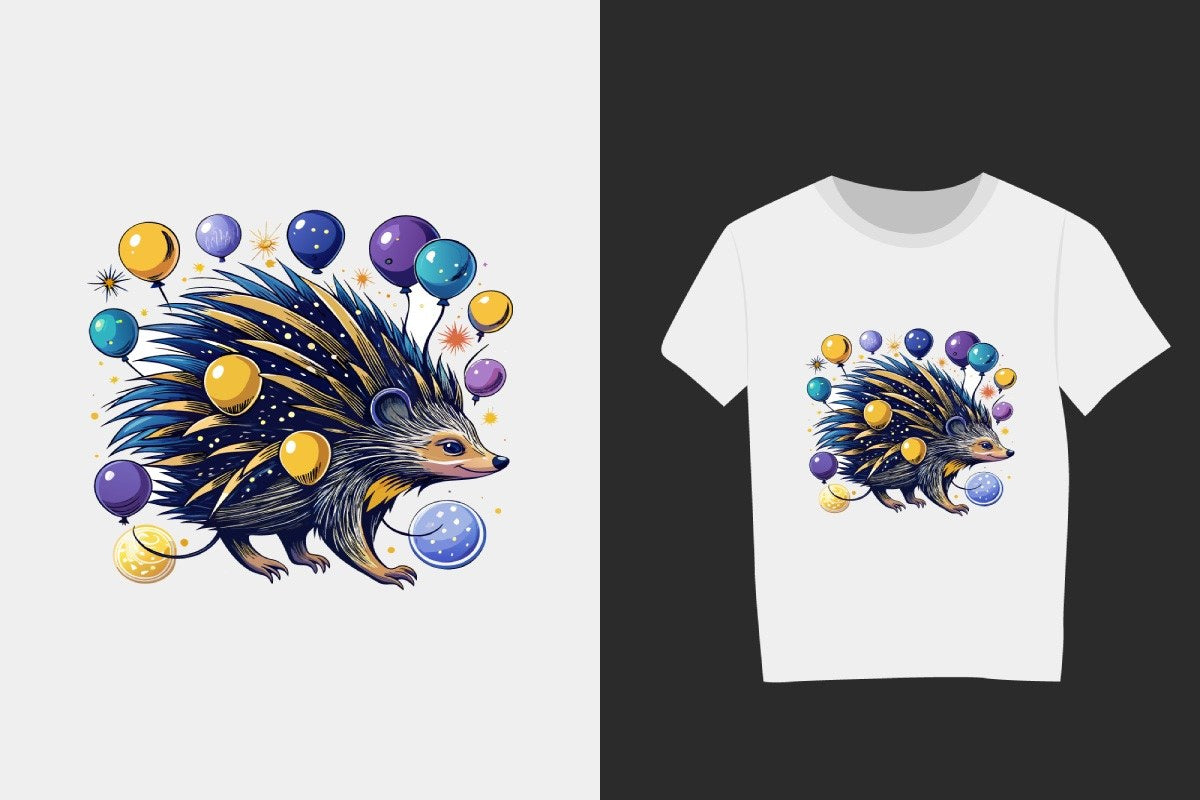
DTF Printing Mistakes & How to Fix Them
Why DTF Printing Mistakes Happen
Even though DTF (Direct to Film) printing is a revolutionary method for producing high-quality prints on various fabrics, mistakes can still occur. Common errors often stem from improper equipment settings, low-quality materials, or inexperience with the process. Understanding these issues is crucial to ensuring a smooth workflow and professional-looking results. Whether you're a beginner or an experienced printer, identifying and fixing these mistakes will save time, money, and frustration.
Poor Print Quality: Blurry or Faded Designs
One of the most common issues in DTF printing is blurry or faded prints. This usually happens due to low-resolution images, incorrect printer settings, or clogged printheads. Ensure your design is at least 300 DPI to maintain sharp details. Regularly clean your printheads to prevent ink clogs that cause uneven printing. Also, adjust the ink flow settings in your DTF printer to avoid over-saturation or under-saturation of colors.
Ink Smudging and Improper Drying
Smudging can occur when the ink does not dry properly before applying the adhesive powder. This issue often arises due to high humidity or incorrect drying settings. To fix this, ensure your work area has proper ventilation and maintain optimal humidity levels. Use a curing oven or heat gun to dry the ink before applying the adhesive powder. Proper drying ensures clean, crisp DTF prints without unwanted smudges.
Adhesive Powder Not Sticking Properly
For a strong and durable bond, the adhesive powder must evenly coat the printed design. If the powder is not sticking well, it may be due to improper ink application or low-quality powder. Make sure the print is still wet when applying the adhesive powder to allow proper adhesion. Shake off excess powder to prevent clumping and uneven application. Using high-quality DTF adhesive powder will improve the overall durability of the transfer.
Peeling or Cracking After Transfer
A major concern in DTF printing is peeling or cracking of the design after pressing. This can result from using the wrong heat press settings, low-quality adhesive, or skipping the post-pressing step. Ensure your heat press is set to the correct temperature (typically 160-180°C) and apply even pressure. After peeling the film, do a second press with a protective sheet to seal the design properly. This extra step enhances durability and prevents cracking over time.
Colors Not Vibrant or Ink Not Transferring Well
If your DTF prints appear dull or the ink is not fully transferring, several factors could be at play. Low-quality ink or incorrect color settings can lead to washed-out prints. Always use high-quality DTF inks to achieve rich and vibrant colors. Adjust your printer's color management settings to ensure proper ink distribution. Additionally, double-check that your heat press is providing consistent heat to transfer the ink evenly onto the fabric.
Film Sticking to Fabric or Difficult to Peel
Another common problem is when the PET film sticks to the fabric after heat pressing. This issue is usually due to incorrect peeling temperature or pressure settings. Make sure to let the print cool before peeling, as peeling too early can cause damage. Using a high-quality PET transfer film can also make peeling smoother. If the film still sticks, increase the pressure slightly and try a cold peel technique for better results.
Conclusion
While DTF printing is a powerful and versatile printing method, mistakes can occur if the process is not followed correctly. By addressing issues like poor print quality, ink smudging, peeling, and low color vibrancy, you can significantly improve your results. Regular maintenance of your printer, using high-quality materials, and following the correct printing steps will help avoid common errors. With the right approach, DTF printing can consistently produce professional, long-lasting, and vibrant prints.
FAQ
- Why is my DTF print blurry?
- A low-resolution design or clogged printheads may cause blurry prints. Ensure your design is at least 300 DPI and clean your printer heads regularly.
- How can I prevent ink smudging on my DTF prints?
- Make sure the ink is fully dry before applying adhesive powder and work in a properly ventilated, low-humidity environment.
- Why is my adhesive powder not sticking?
- Apply the powder while the ink is still wet and shake off excess powder to prevent uneven application.
- What causes DTF prints to peel or crack?
- Incorrect heat press settings or low-quality adhesive powder can cause peeling. Always follow recommended pressing temperatures and pressure settings.
- Why do my DTF prints look dull?
- Poor ink quality or incorrect color settings can cause faded prints. Use high-quality DTF inks and adjust your color profile for better vibrancy.
- Should I use hot or cold peel for DTF transfers?
- Most DTF transfers work best with cold peeling. Let the print cool before removing the PET film for a smoother result.
- Why is my DTF film sticking to the fabric?
- Film sticking can be caused by peeling too soon or not using enough pressure. Allow the print to cool and press again if necessary.
- Can I reuse leftover adhesive powder?
- Yes, but only if it is clean and free from contaminants. Reusing dirty powder can lead to poor adhesion and inconsistent results.
- What temperature should I use for heat pressing?
- Most DTF prints require pressing at 160-180°C for 15-20 seconds with firm pressure.
- How often should I clean my DTF printer?
- Regular cleaning is essential to prevent ink clogging. Perform maintenance checks at least once a week for optimal performance.






